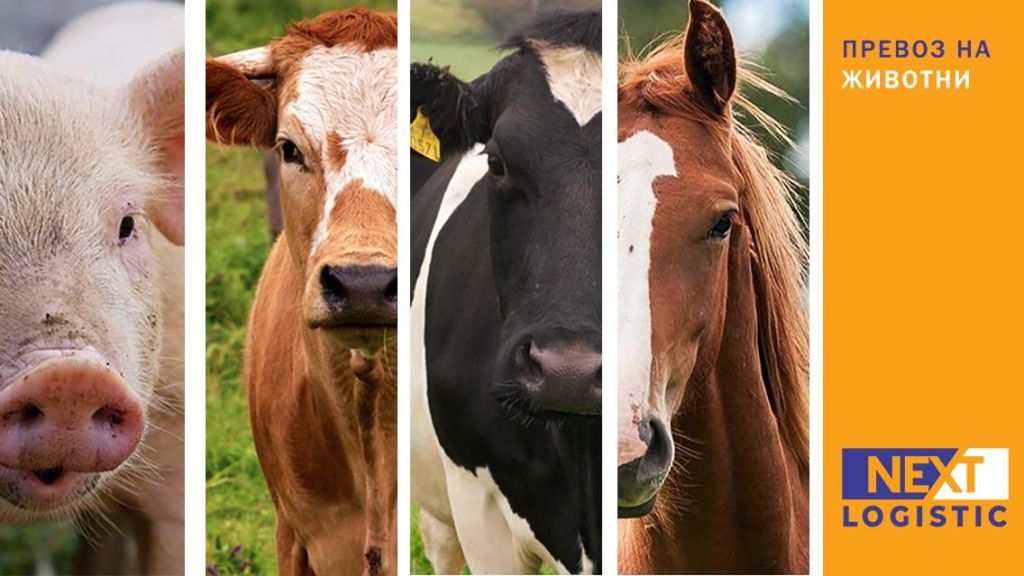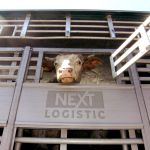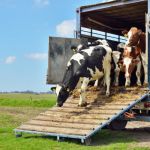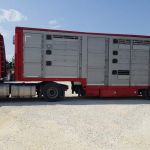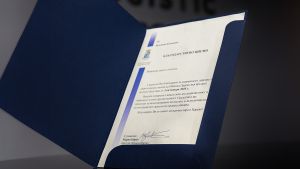TRANSPORTATION OF ANIMALS
The transport of farm animals and horses over long distances exceeding 8 hours must be approved by the competent authority of each EU Member State. A permit (certificate) for the transport of animals is issued by the National Veterinary Medical Service for a period of 5 years. Animal transport may only be carried out by carriers licensed by the Central Office of the NVMS for the transport of animals on long journeys.
All carriers transporting vertebrate animals of any kind (domestic horses or farm animals such as cattle) on extended journeys within the European Union are subject to thorough inspection by the competent authority of the respective Member State. The technical inspection is carried out by a commission appointed by the Regional Veterinary Medical Service.
The design of the transport vehicle must comply with standards that include: floors, walls, partitions, and roof.
Requirements for the basic structure of the composition:
- Animal Safety Requirements
- Cleaning and disinfection – Vehicles must be thoroughly cleaned and disinfected.
- Partitions – Must be in place to restrict uncontrolled animal movement.
- Access to animals – Caretakers must have access to the animals to provide necessary care during transport.
- Vehicle maintenance – Mandatory to avoid sharp edges, protrusions, or gaps that could injure animals.
- Light source – Vehicles must provide adequate lighting.
Loading and unloading service:
It is mandatory for the transport vehicle to be equipped with a ramp or lifting platform. Their surface must not be slippery. The vehicles must also be fitted with three essential systems: a feeding system, a watering system, and a ventilation system.
Feeding system:
There must be a provision to protect all feed from adverse weather conditions or contaminants (such as fuel, dust, exhaust gases, urine, and animal waste). Most animals are fed on the floor, but there are cases where they are fed from troughs, specially adapted to the animals’ height to ensure easy access.
Drinking system:
It must be maintained and kept in good condition. A permanent connection between the water tank and the drinking device must be available, allowing the attendant to easily supply water to the animals. Portable equipment must also be provided to deliver water to each animal when necessary.
Ventilation system:
Its purpose is to maintain the temperature inside the vehicle compartment within the range of 5°C to 30°C. During inspections, it is tested whether the system can operate for 4 hours with the engine switched off.
The driver must provide the necessary documents from the vehicle manufacturer confirming that these requirements are met. Nevertheless, the inspecting competent authority must see the system in operation.
The vehicle must be equipped with a warning system that alerts the driver when the temperatures inside the compartments reach their maximum or minimum limits.
The transport of animals is subject to strict requirements and regulations, which makes it one of the most difficult and complex types of transport to carry out.
Share
Contact us
Fill out the form to request transportation services.
We will contact you as soon as possible.


